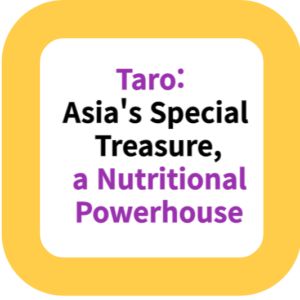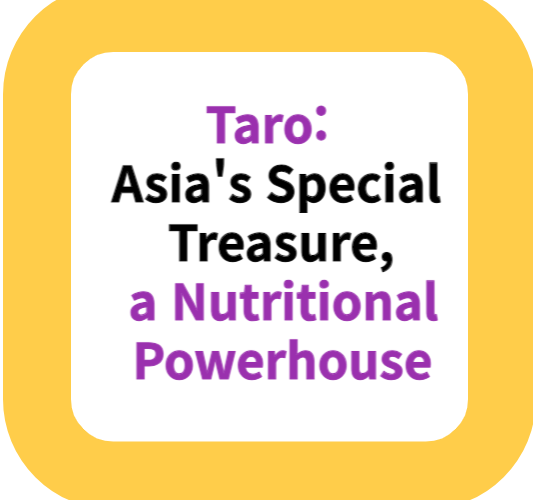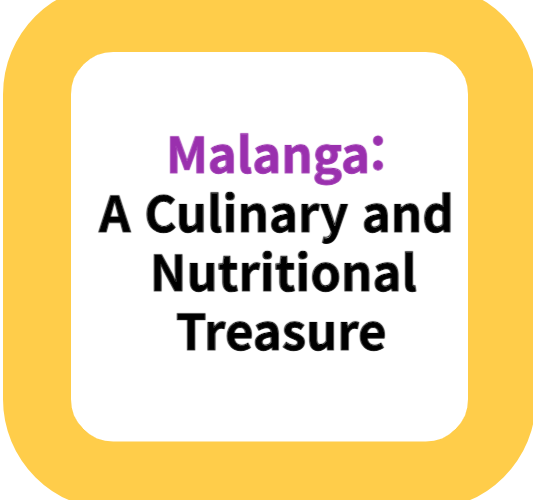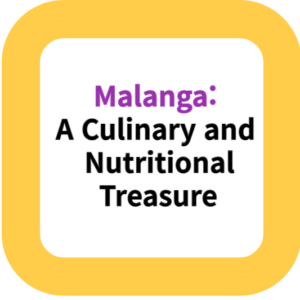Taro: Asia’s Special Treasure, a Nutritional Powerhouse
Welcome! Today, we’re excited to discuss a special treasure from Asia: Taro. Grown in regions like Korea, Malaysia, and India, Taro is a nutritionally rich plant harvested in the autumn. It contains a variety of nutrients, predominantly carbohydrates and proteins, providing energy and a feeling of fullness.
Notably, Taro is known for its high water content and low calorie count, making it a healthy food choice. As a perennial herbaceous plant, Taro grows its stems underground, and its leaves, containing oxalate calcium, must be boiled to eliminate toxicity before consumption.
Taro: Asia’s Special Treasure, a Nutritional Powerhouse

Improving Insomnia and Psychological Stability
Taro is rich in melatonin, aiding in psychological stability and regulating biological rhythms. These components are beneficial for alleviating insomnia, overcoming depression, physical recovery, and fatigue recovery, recommended as a natural remedy for mental and physical stability.
Inflammation and Injury Recovery
The oxalate calcium and potassium contained in Taro are effective in alleviating inflammation. These elements help relieve symptoms of bruises, sprains, muscle pain, and fractures, and contribute to reducing inflammation in the body.
Cancer Prevention and Antioxidant Action
Taro is rich in a powerful antioxidant called quercetin. This substance helps eliminate harmful reactive oxygen species in the body, reducing the risk of cellular damage and cancer development.
Digestive System Strengthening and Gastric Health
Taro contains twice the dietary fiber of potatoes, aiding in digestion improvement and the enhancement of digestive functions, including acid reflux, constipation, and diarrhea.
Additionally, the mucin component protects the gastric wall and prevents indigestion.

Diabetes Management and Prevention
Taro includes carbohydrates and resistant starch, aiding in blood sugar stabilization, thus beneficial in reducing the risk of diabetes.
Heart Health and Circulatory System Improvement
Potassium in Taro assists in the expulsion of excess sodium, and mucin contributes to improved blood circulation and reduced cholesterol levels.
Energy Metabolism Promotion and Fatigue Recovery
Rich in vitamins B1 and C, Taro promotes carbohydrate metabolism and energy conversion, aiding in fatigue recovery.
Intestinal Health and Constipation Prevention
The dietary fiber in Taro promotes intestinal movement and improves constipation, enhancing overall gut health and digestive system function.
Immune System Strengthening and Metabolism Boosting
Vitamins B1 and B2 in Taro help strengthen the immune system and boost metabolism, protecting the body from various bacteria and viruses.
Cautions in Consuming Taro
Taro can cause side effects when consumed excessively by individuals with a cold constitution, and its oxalate calcium content may trigger allergies. Therefore, it is recommended to soak Taro in water, thoroughly clean it, and boil it before consumption. This process eliminates toxins and maximizes the beneficial effects of Taro.
Conclusion: The Importance and Cautions of Consuming Taro
Taro is a nutritionally rich plant that offers various health benefits. It contributes to psychological stability, inflammation and injury recovery, cancer prevention, digestive system strengthening, diabetes and heart disease prevention, energy metabolism promotion, intestinal health improvement, and immune system strengthening.
However, when consuming Taro, certain precautions must be considered. Its cold nature can cause adverse effects in individuals with a cold constitution, and its oxalate calcium content can induce allergies. Therefore, it is recommended to soak, clean, and boil Taro before consumption.
By following these precautions, Taro can be a valuable addition to a healthy diet.








